A Goal-Oriented Error Estimation for the Finite Element Approximation of the Convection-Diffusion Equation Based on the Variational Multiscale Concept
Please login to view abstract download link
In the last few decades, the variational multiscale method (VMS) [1] has become popular among finite element method (FEM) practitioners for solving boundary-value problems involving convection-dominated terms. The conventional FEM cannot capture the correct representation of the solutions to these problems. Considering this, in this study, the VMS framework is employed. In particular, we make use of the orthogonal sub-grid scale (OSGS) stabilized FEM. In general, the VMS method consists of decomposing the continuous solution into resolved (finite element solution) and unresolved or sub-grid scales (numerical error), also known as coarse and fine scales, respectively. In the OSGS formulation, the latter are taken as orthogonal to the former. The addition of a numerical error or fine-scale part to the finite element problem enhances the quality of the numerical approximation and recovers the part that is missed by the finite element solution. In recent years, the VMS theory has also served as a useful tool for estimating the a posteriori error in fluid mechanics problems [2]. In practical applications, scientists are often more concerned with the error computation of a specific quantity of interest than with the error estimation in a certain norm. In this work, we propose the OSGS method to conduct a goal-oriented a posteriori error estimation for the VMS discretization of stationary convection-diffusion equations. The error is estimated in the quantities of interest, given by a linear functional output quantity Q(u) of the unknown u. If the sub-grid scale u' is estimated, the error in the quantity of interest can be approximated by Q(u'). We have obtained reliable results with this approach. Also, we have compared it with a duality-based a posteriori error estimation method, in which the solution of an additional auxiliary problem is required to estimate the error. Overall, the VMS error estimation (explicit approach) is less computationally expensive compared to the duality-based method (implicit approach). [1] T. J. Hughes, G. Scovazzi, and L. P. Franca, “Multiscale and stabilized methods”, Encyclopedia of computational mechanics second edition, 1-64, (2018). [2] G. Hauke and D. Irisarri, “A review of VMS a posteriori error estimation with emphasis in fluid mechanics”, Computer Methods in Applied Mechanics and Engineering, 116341, (2023).

